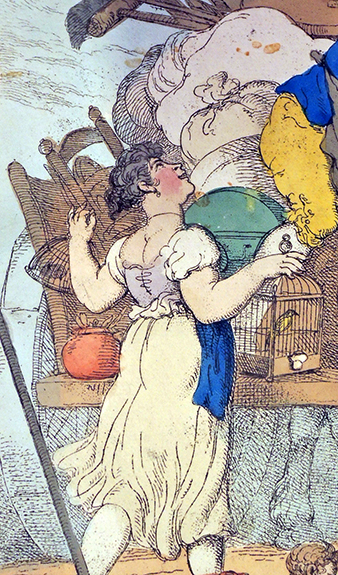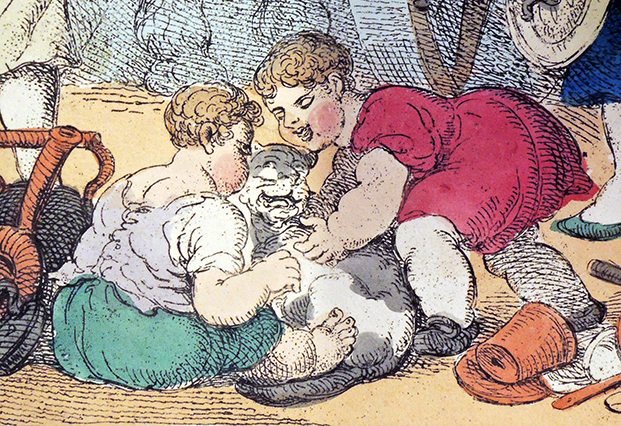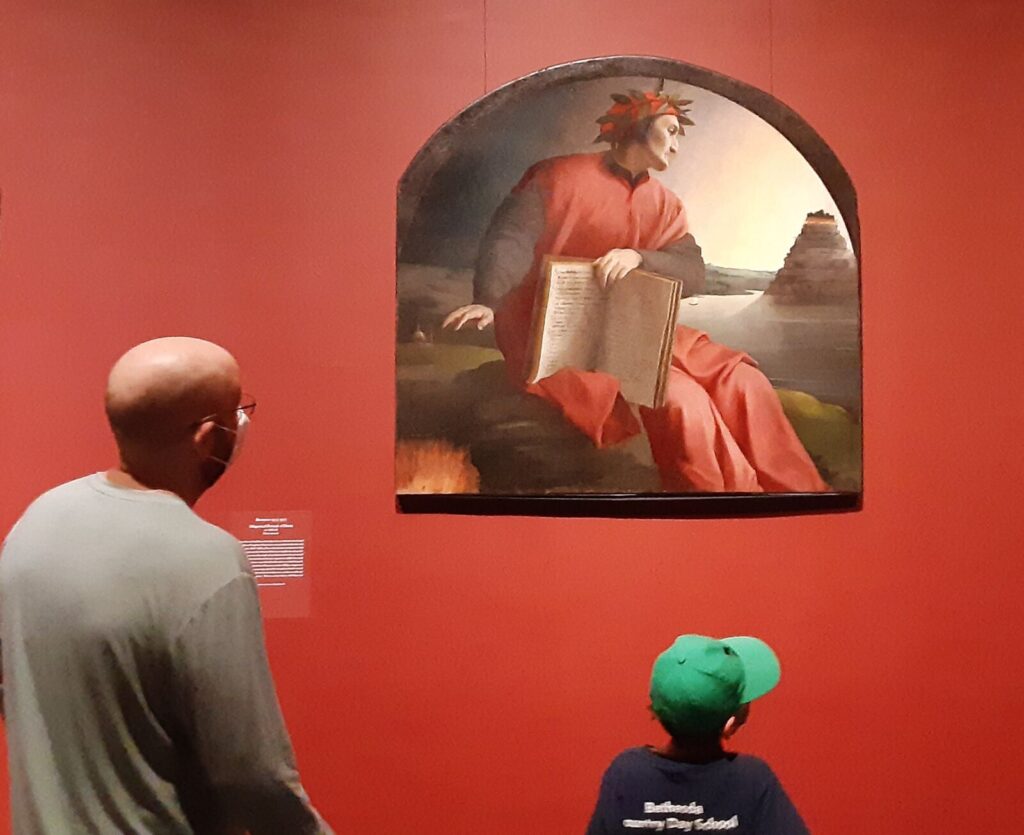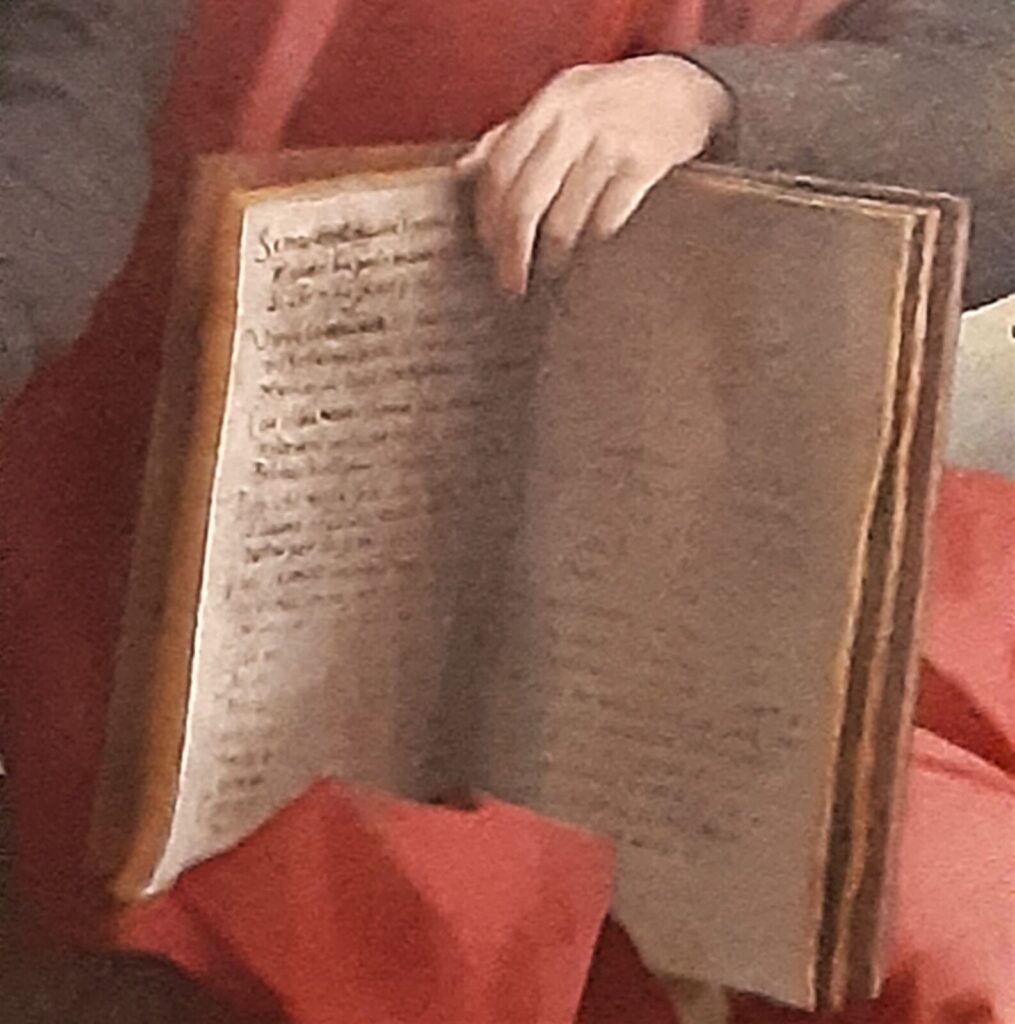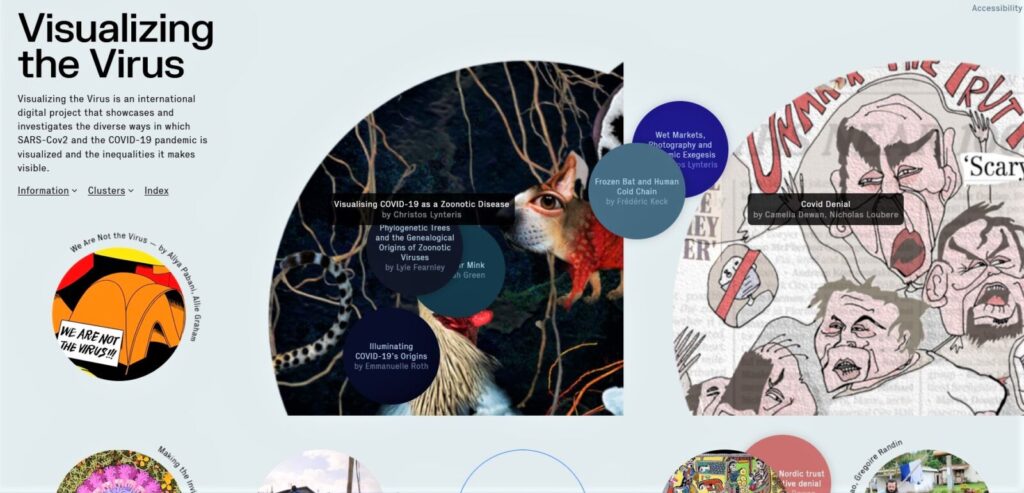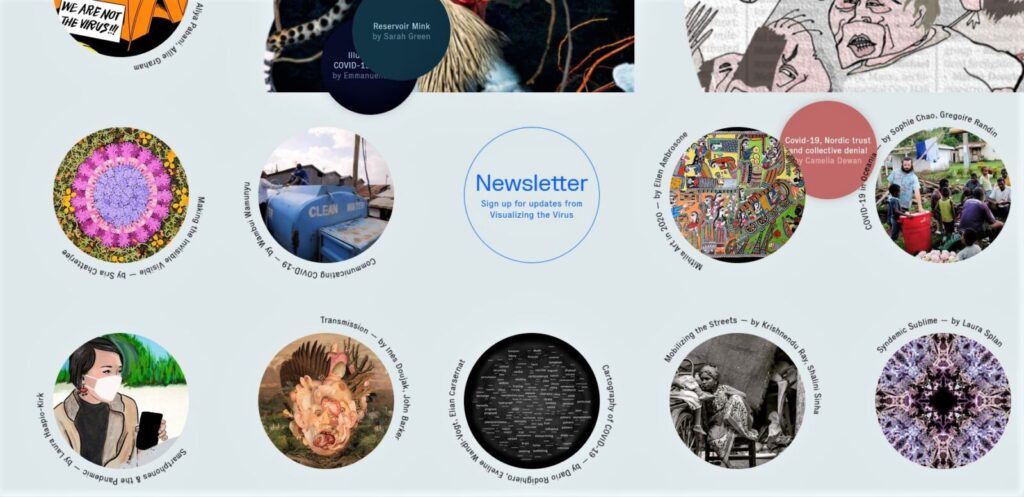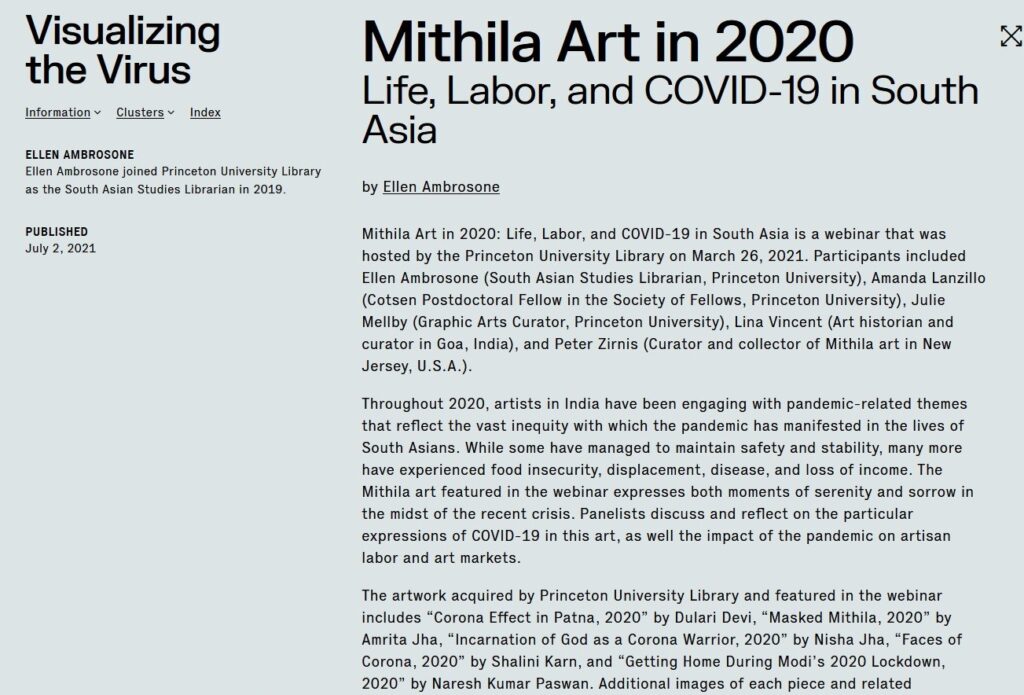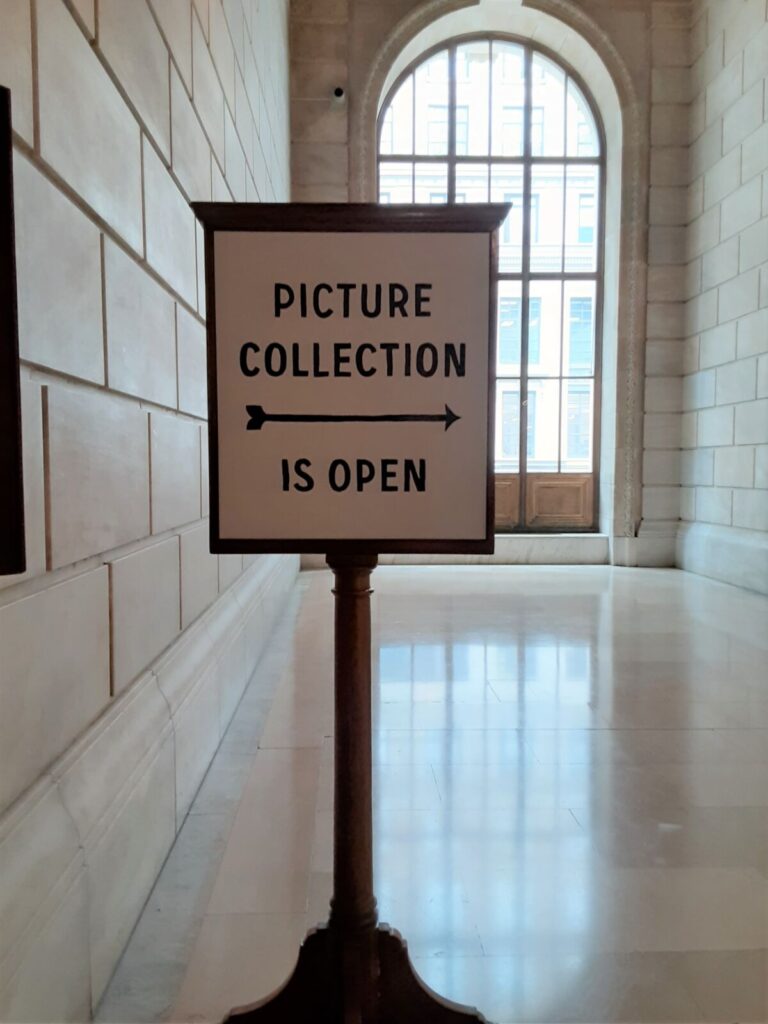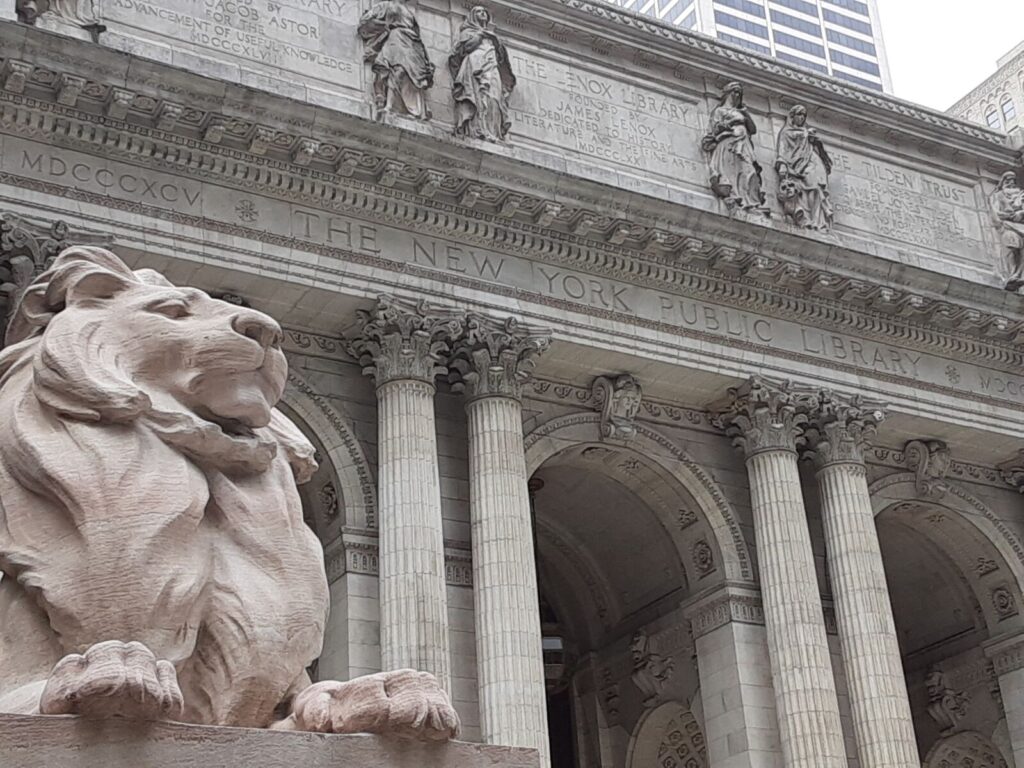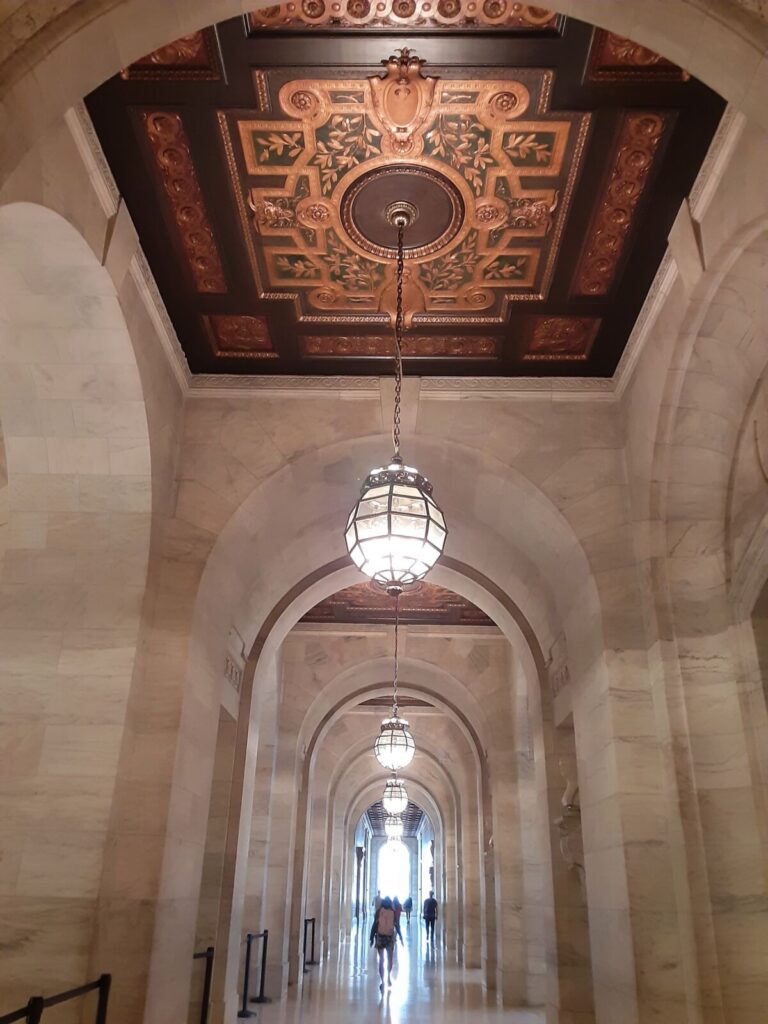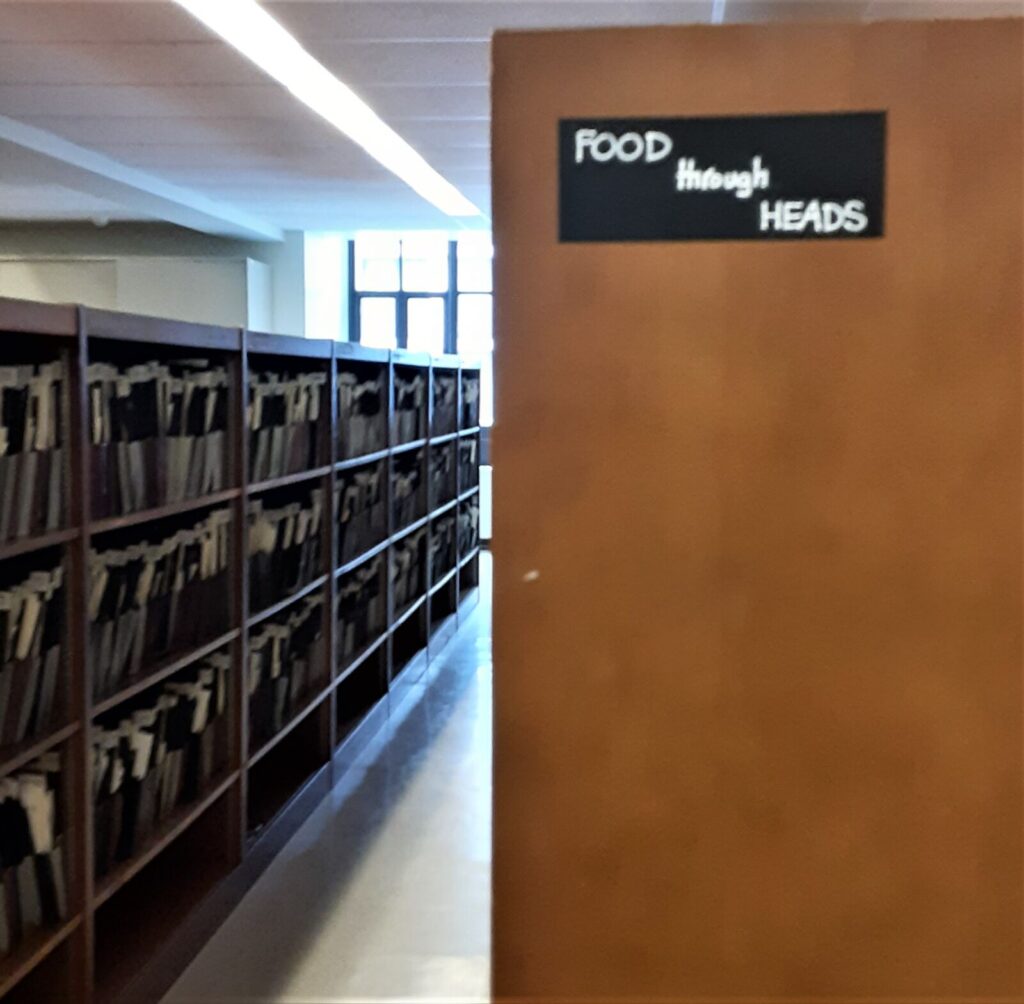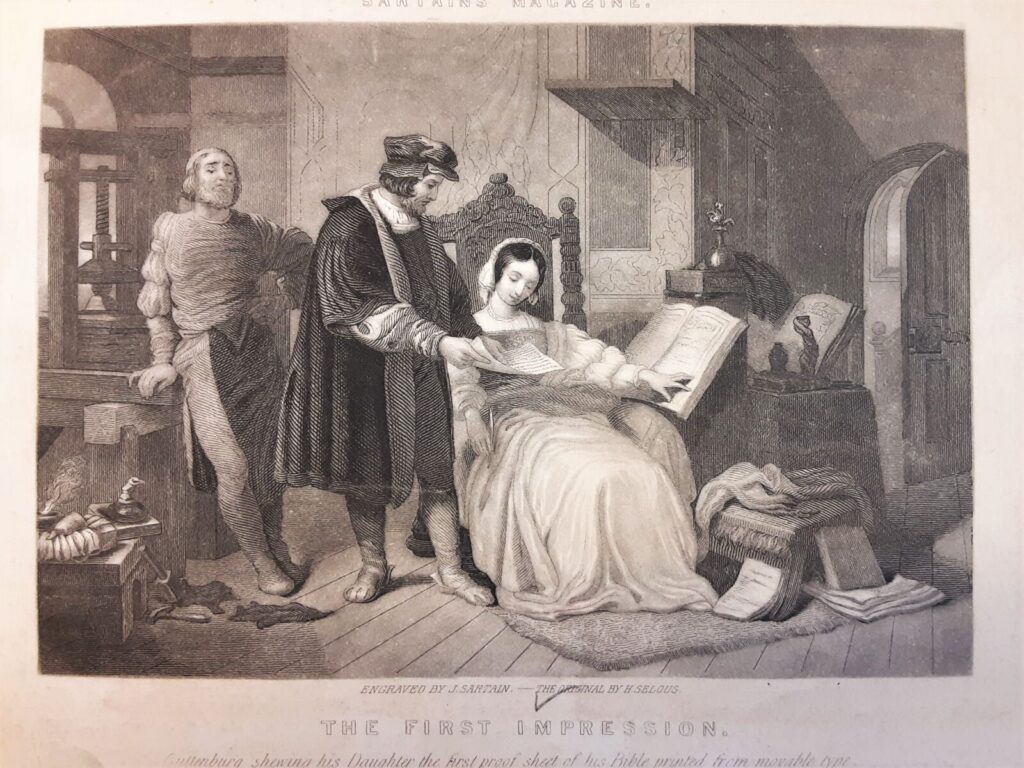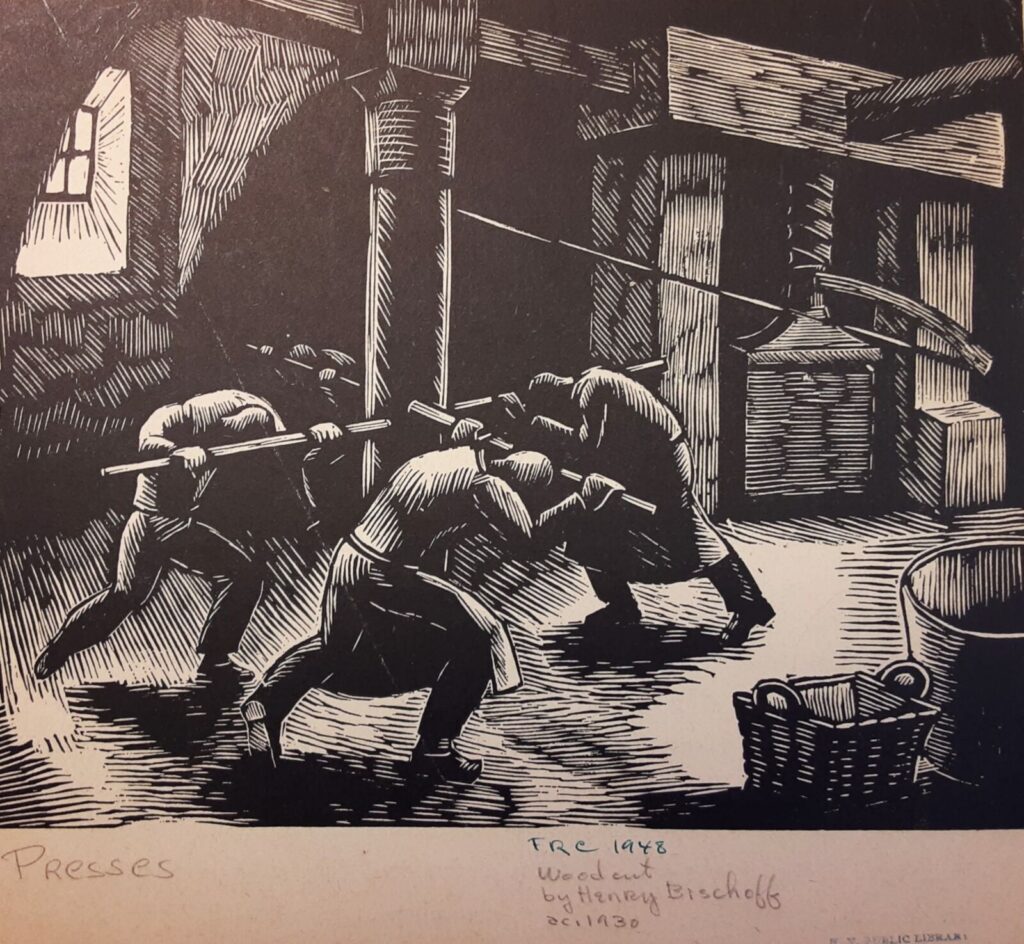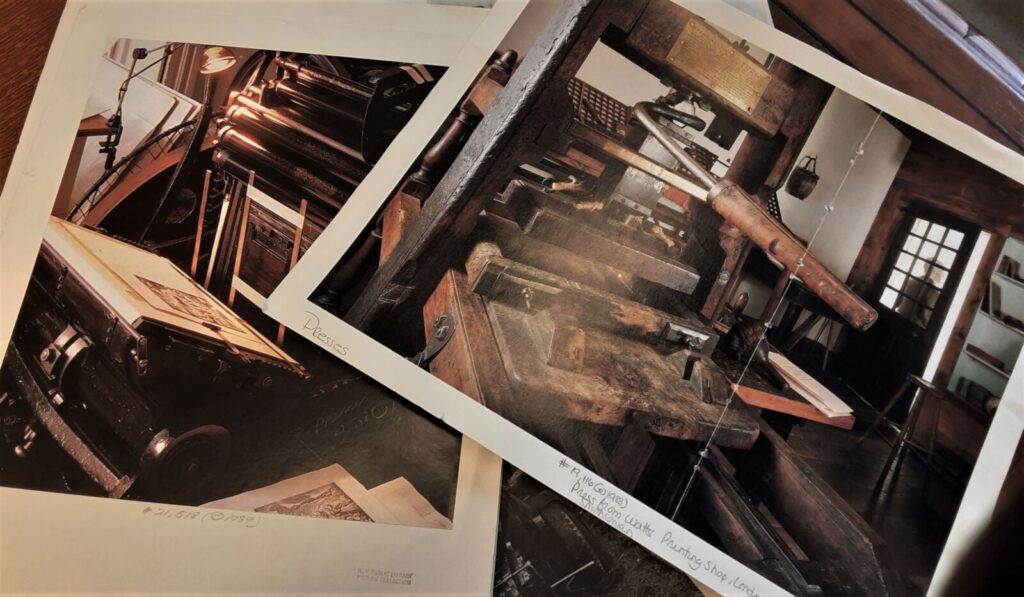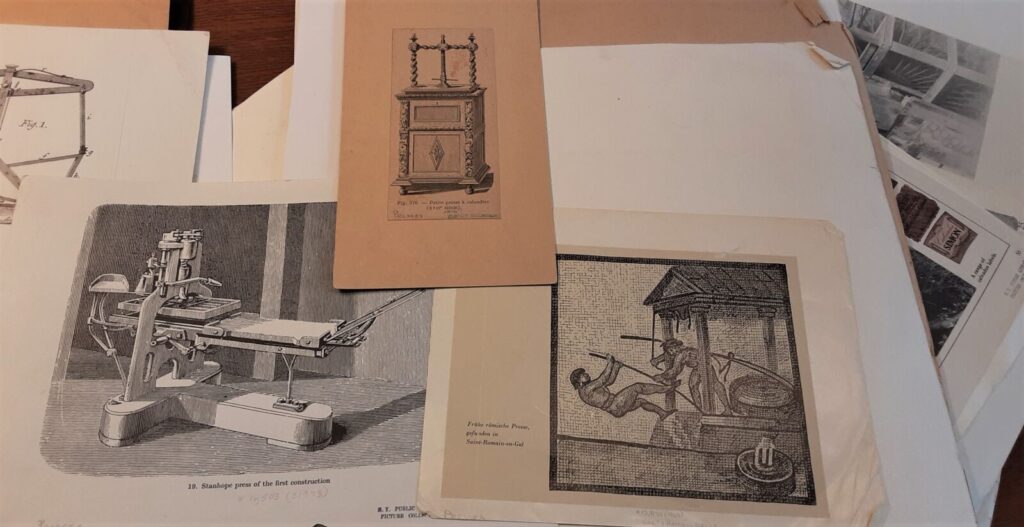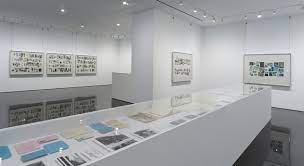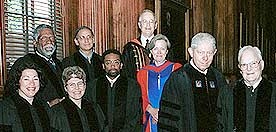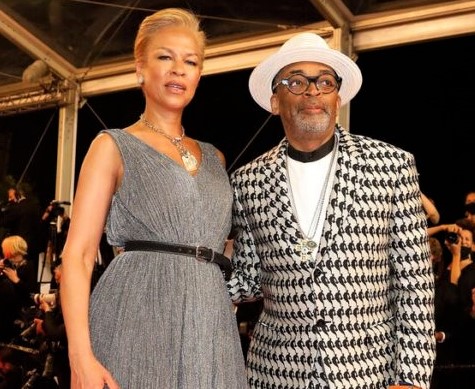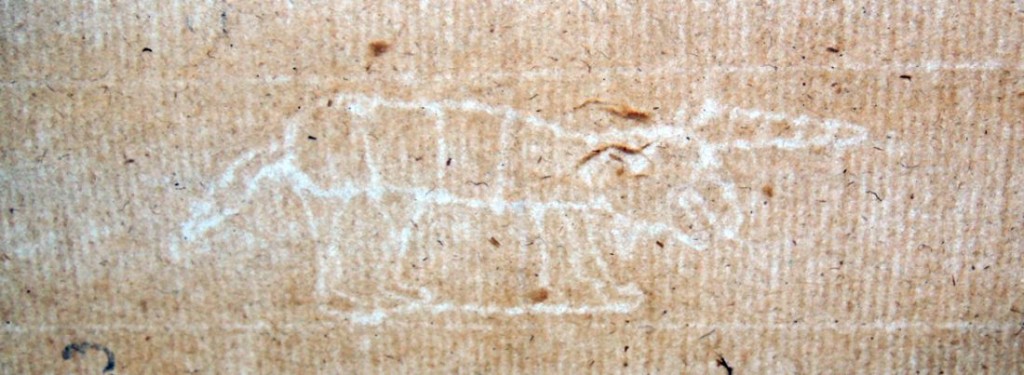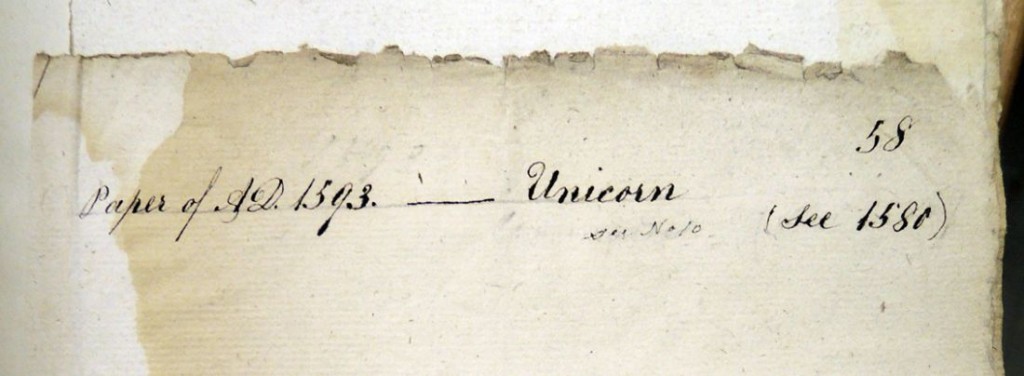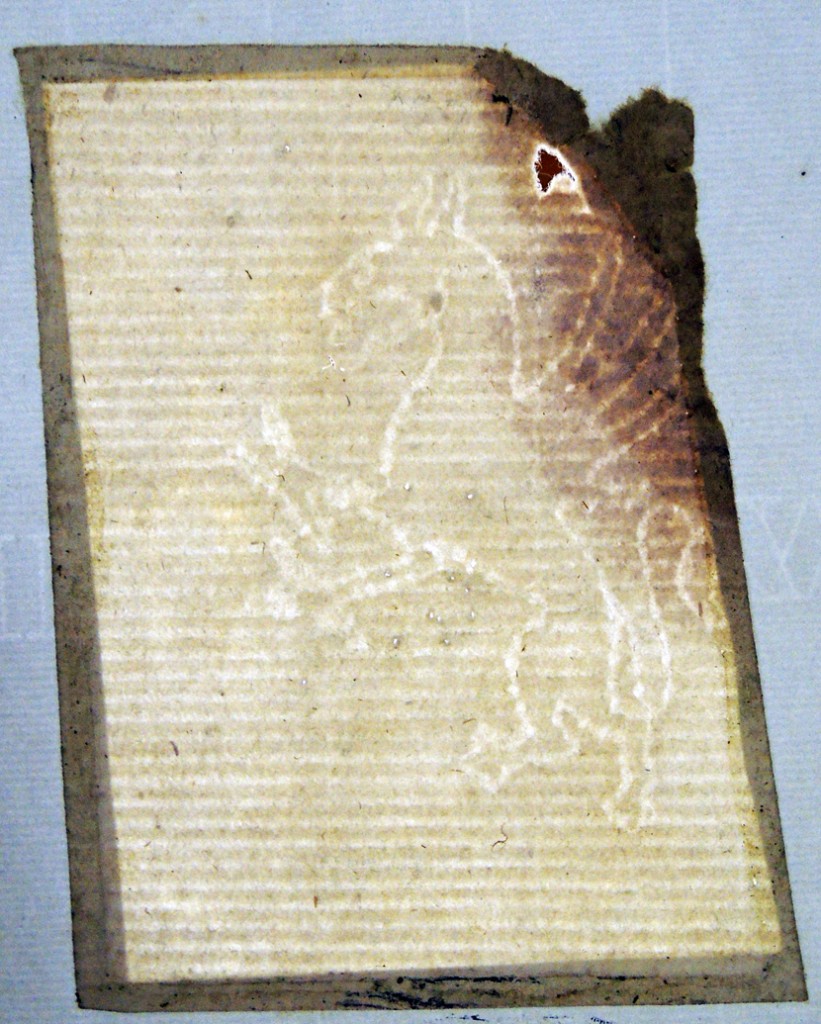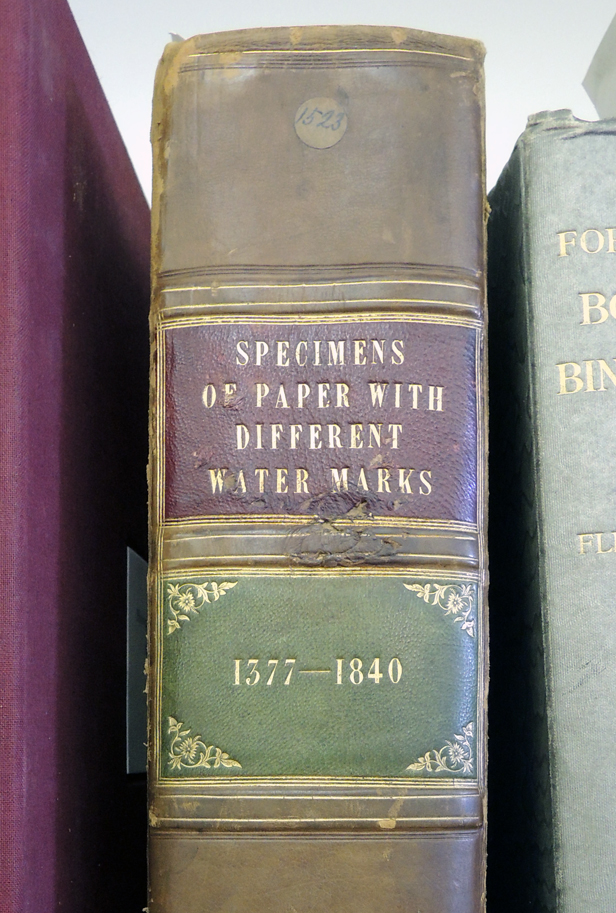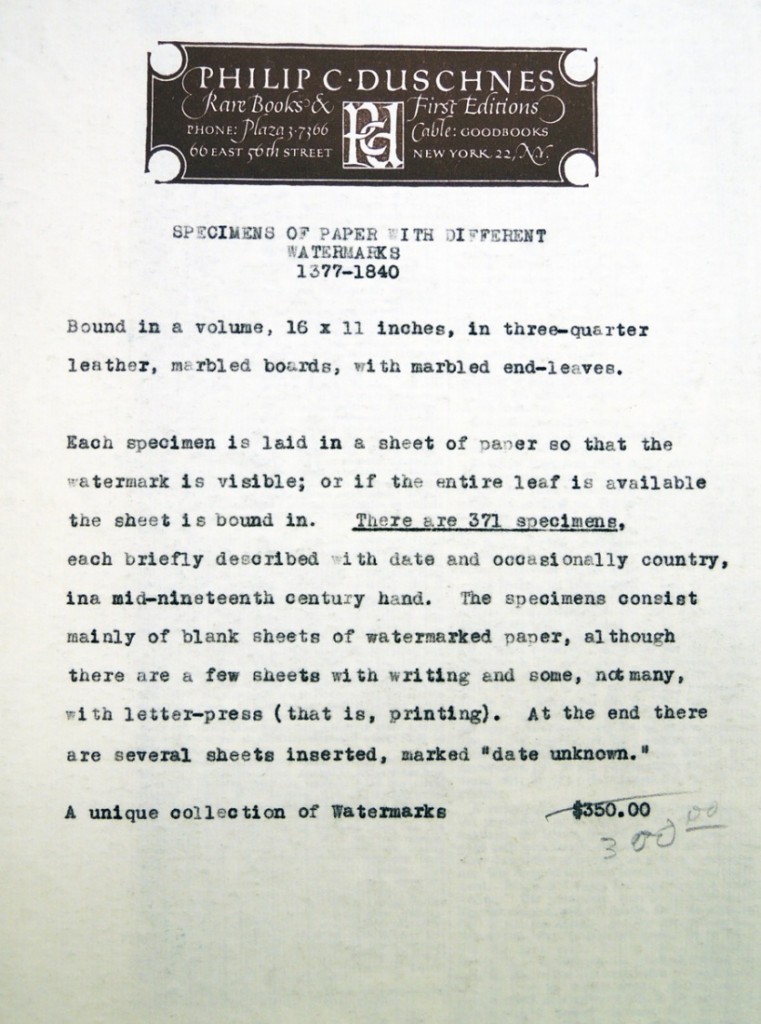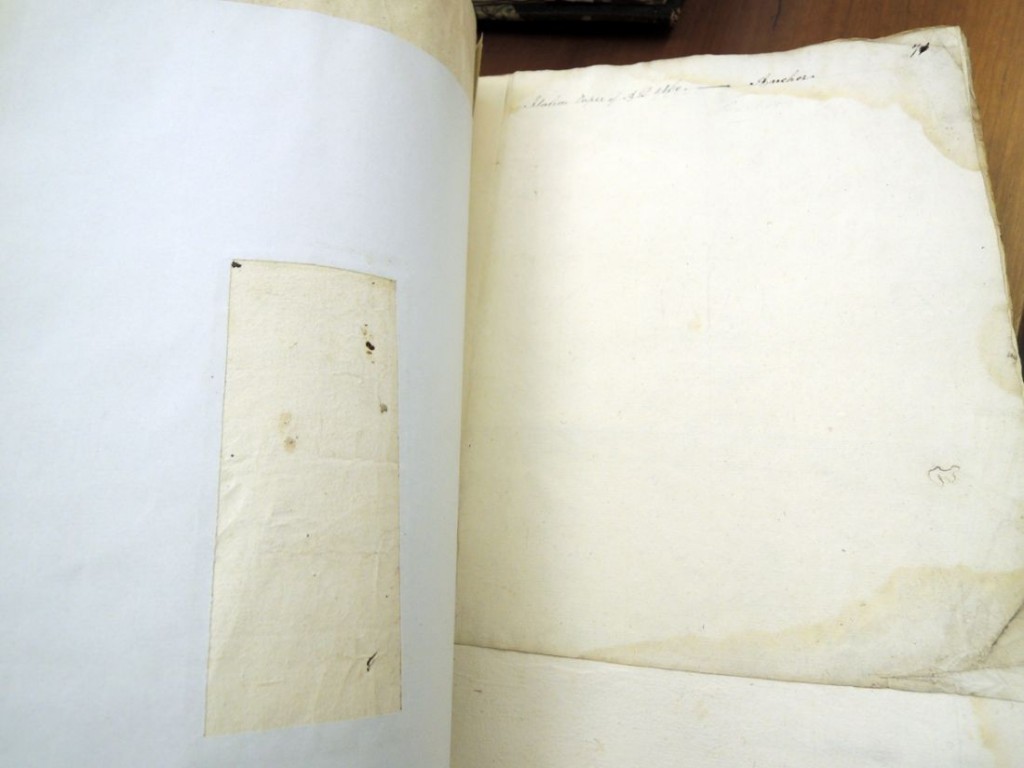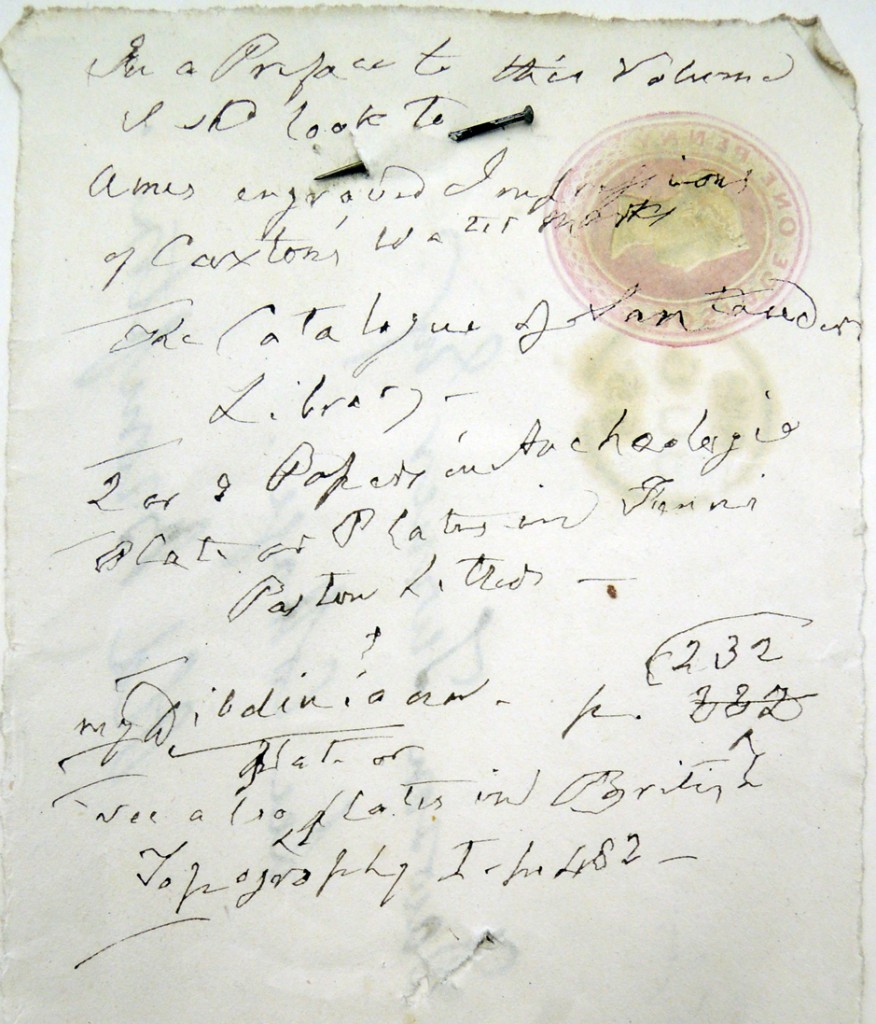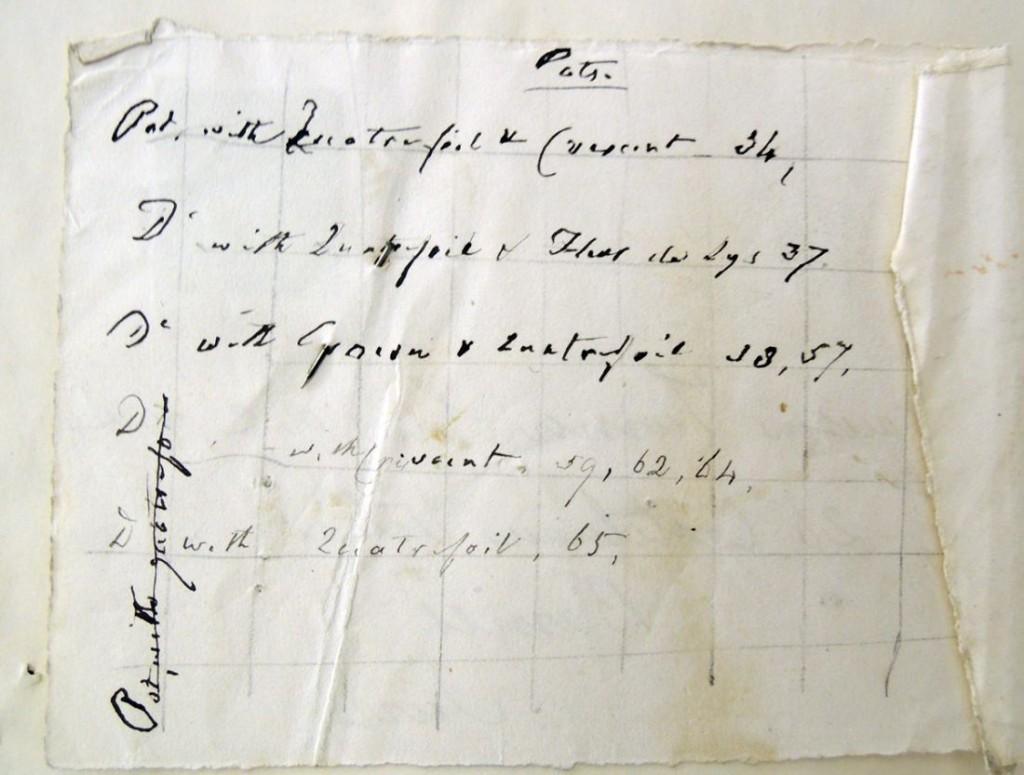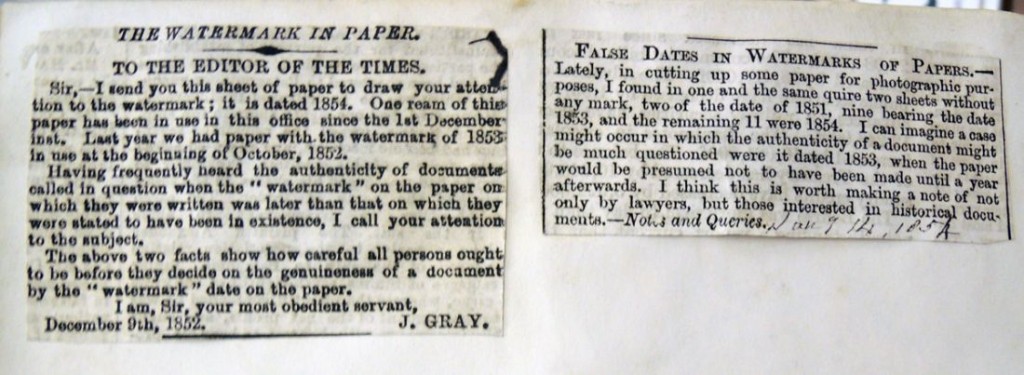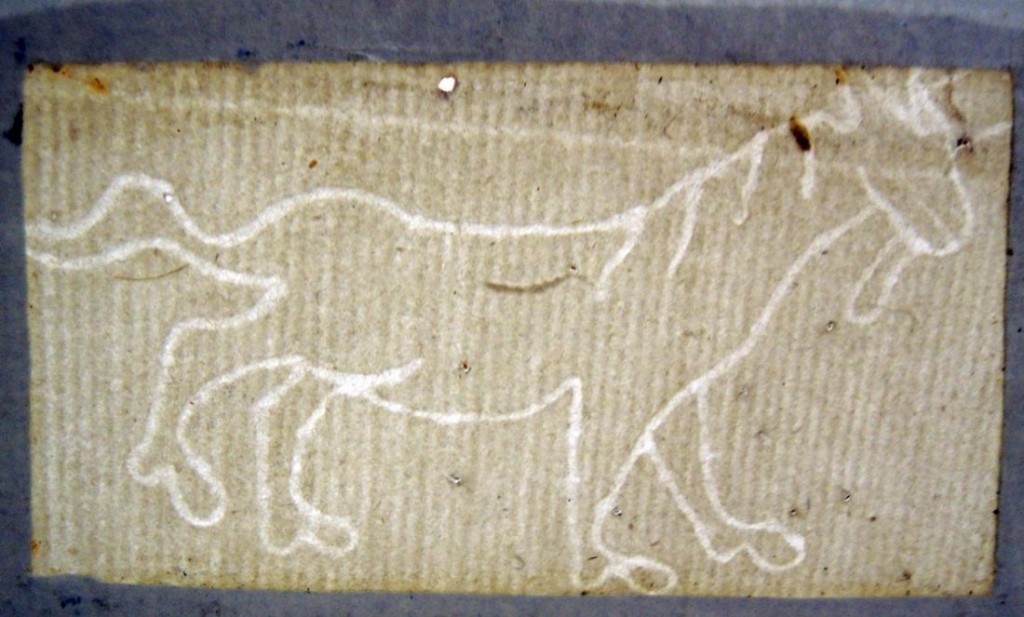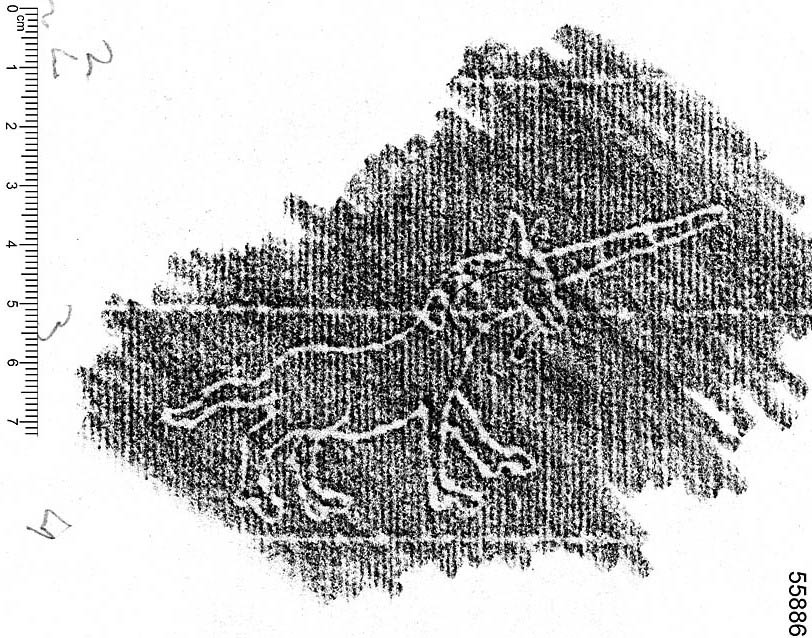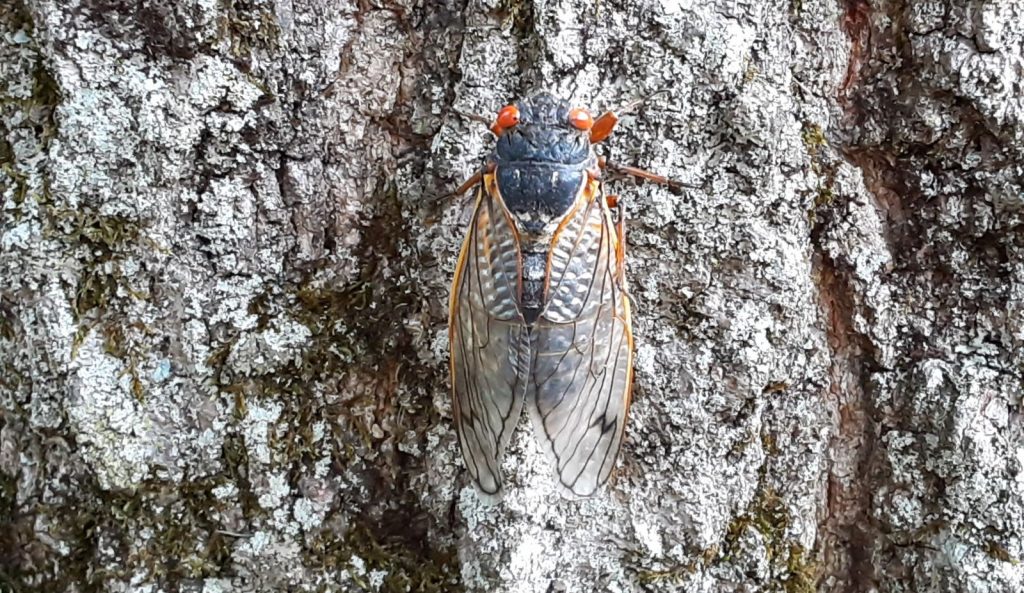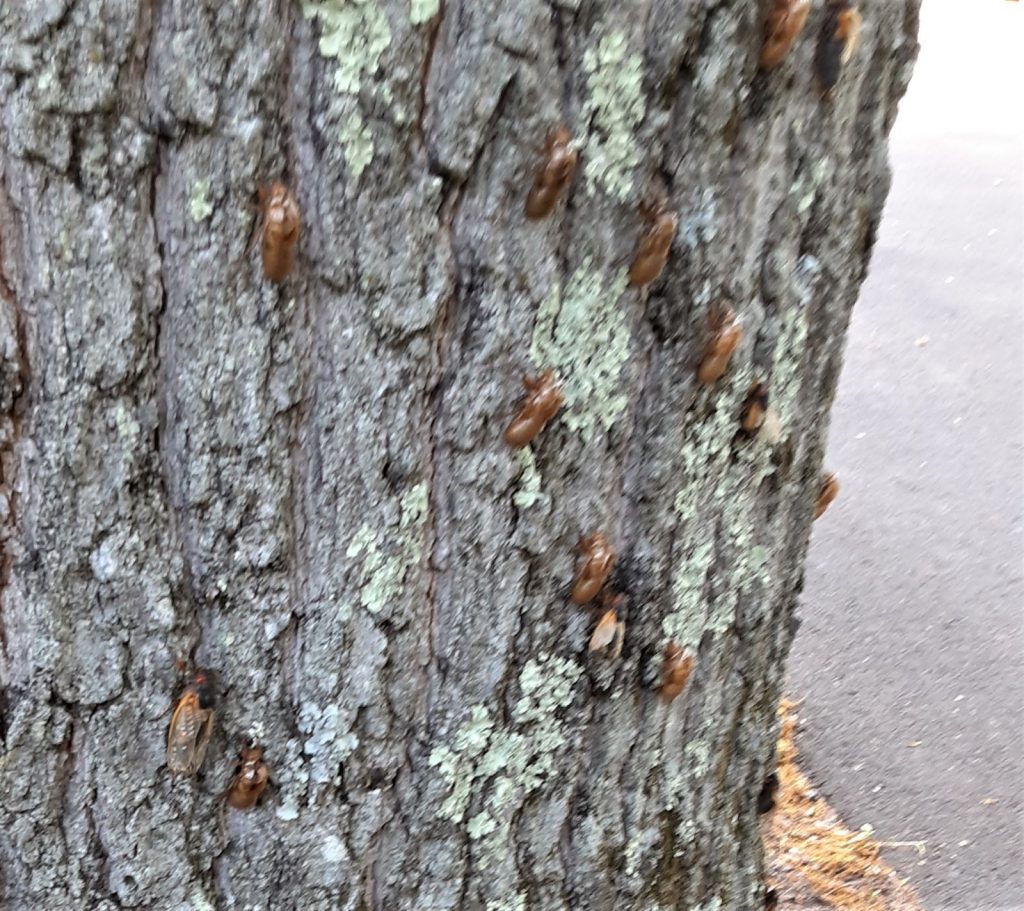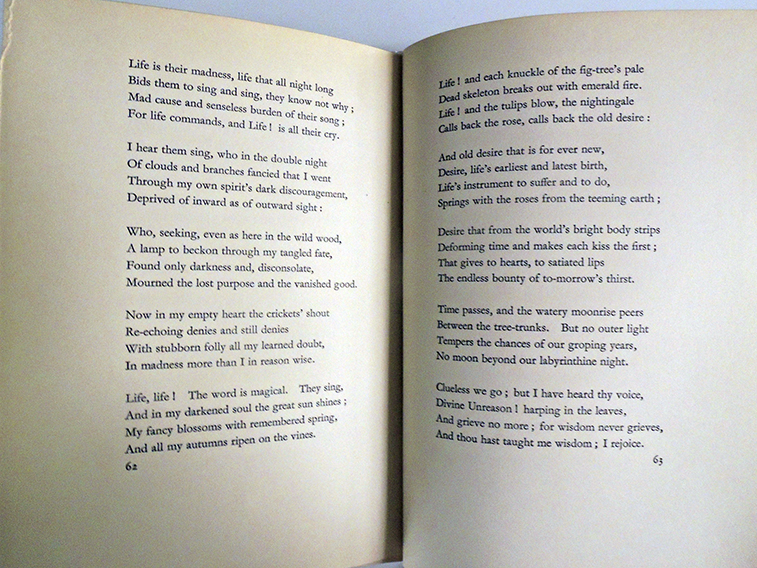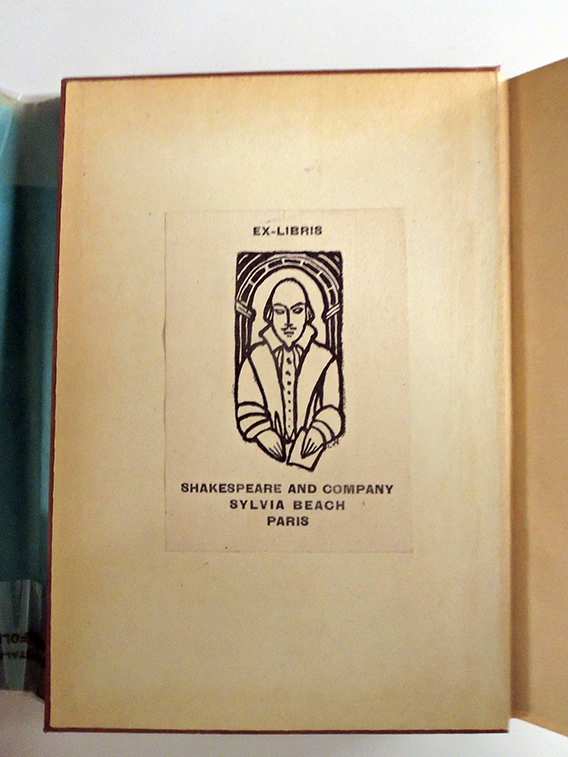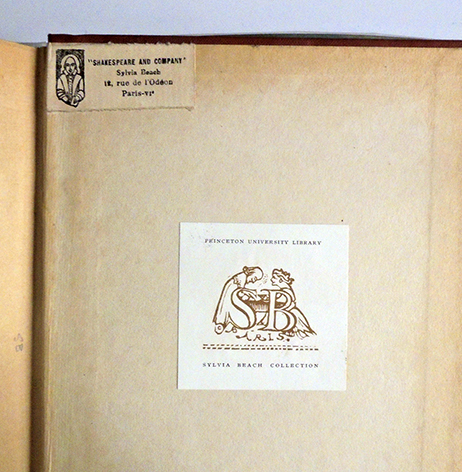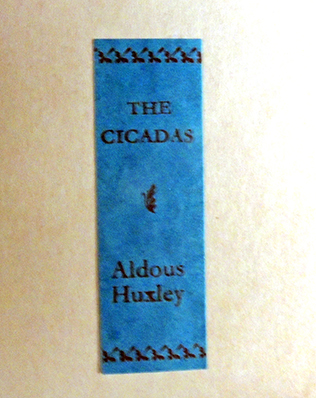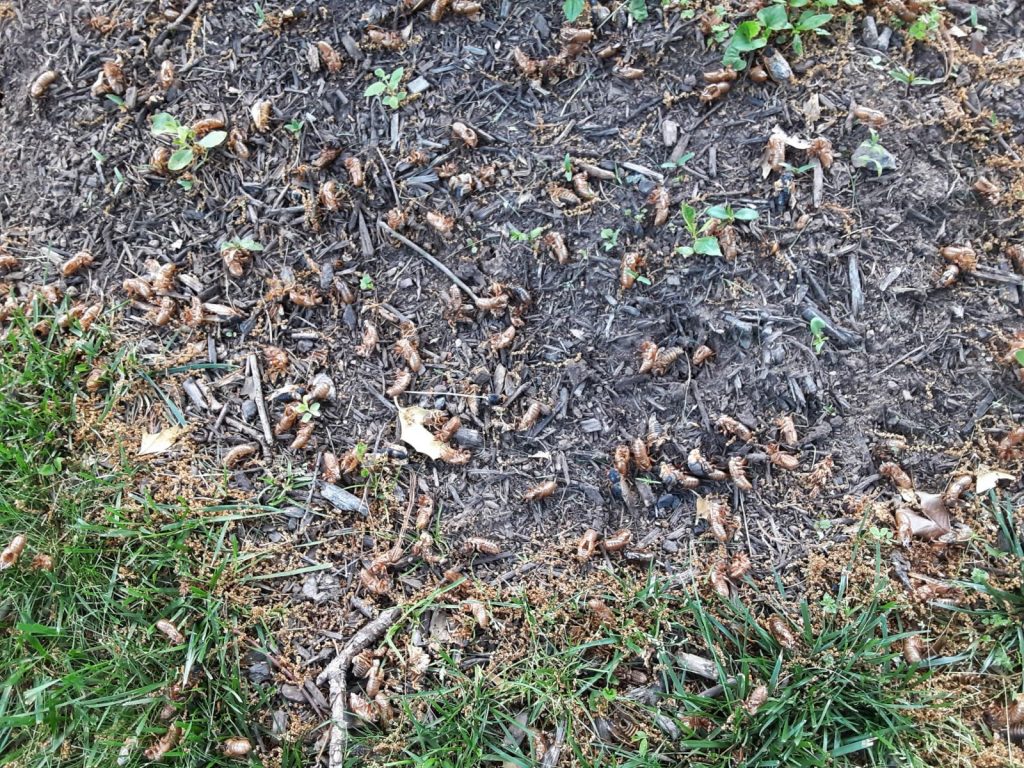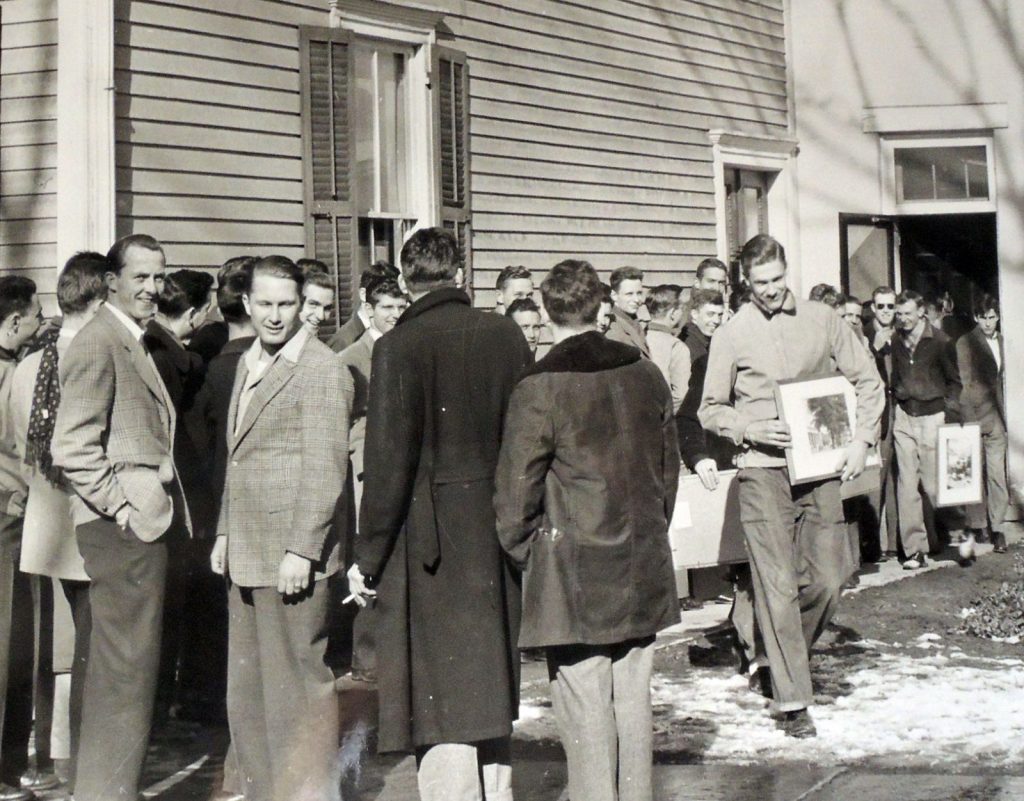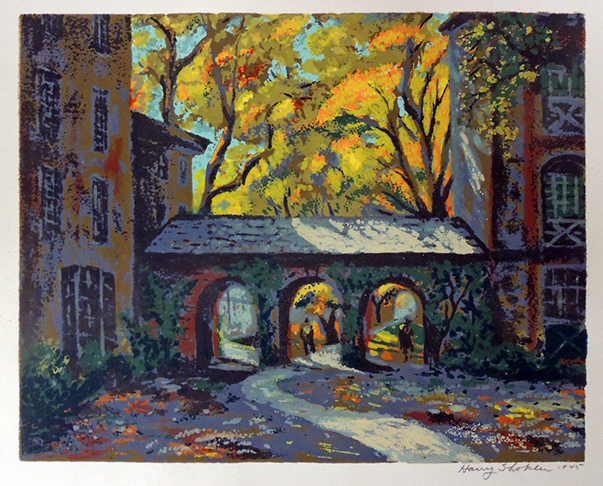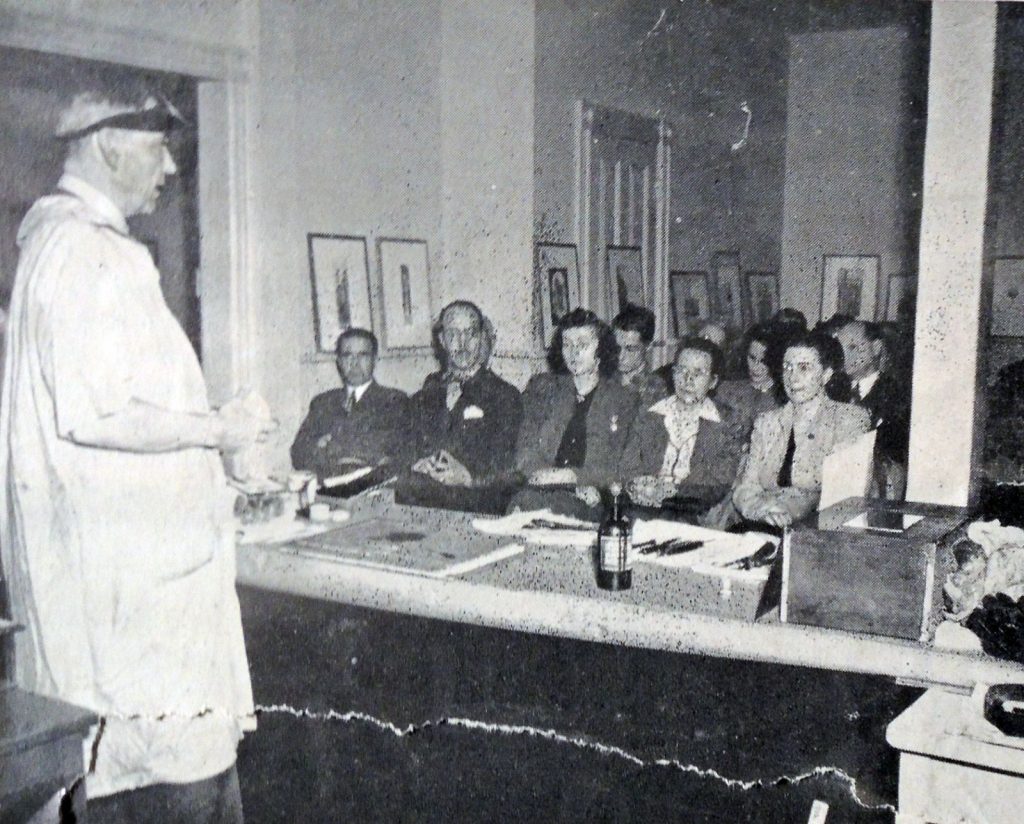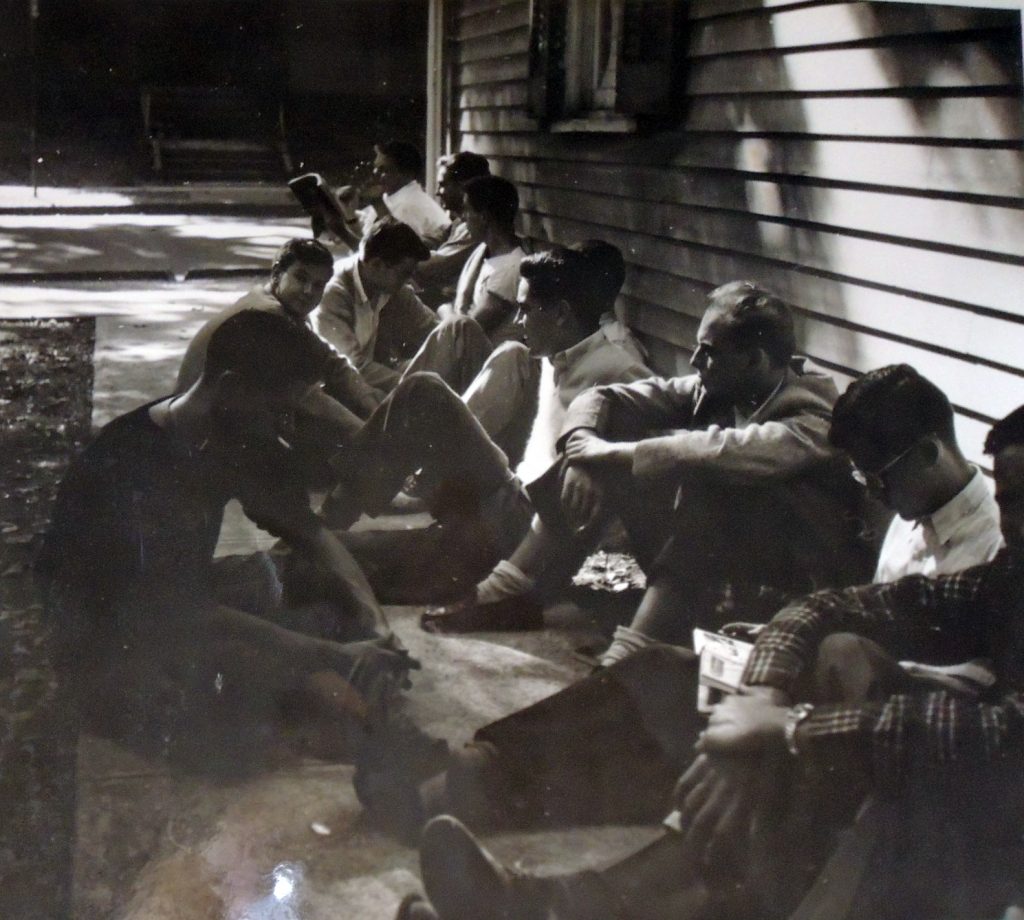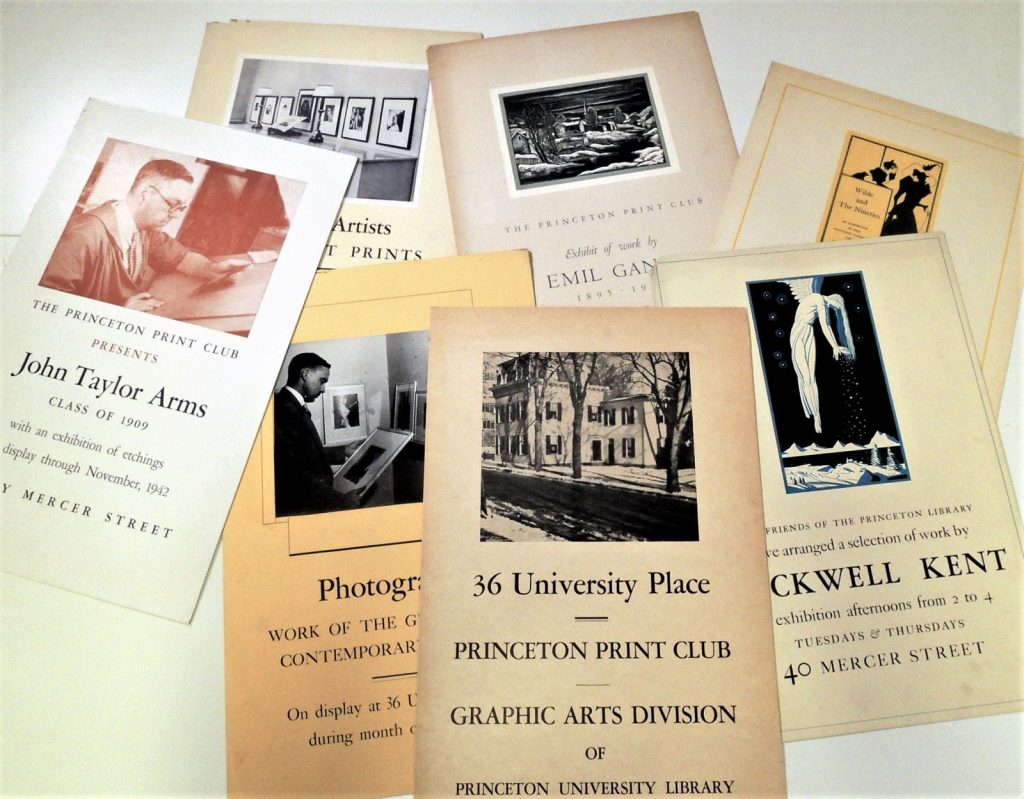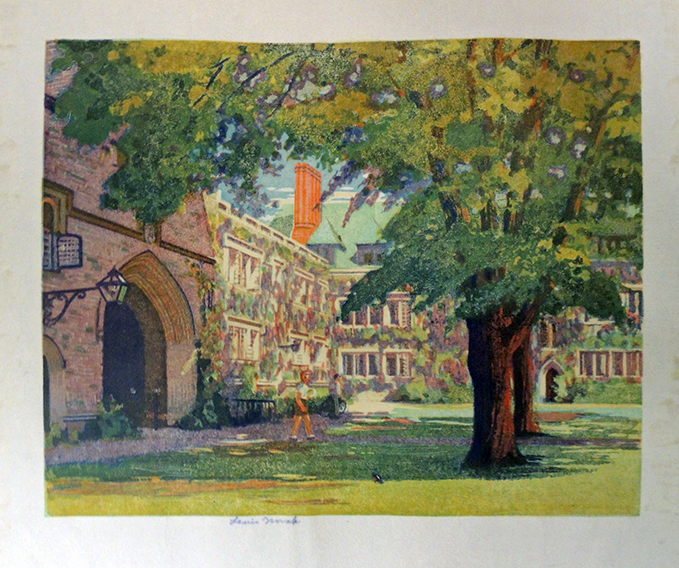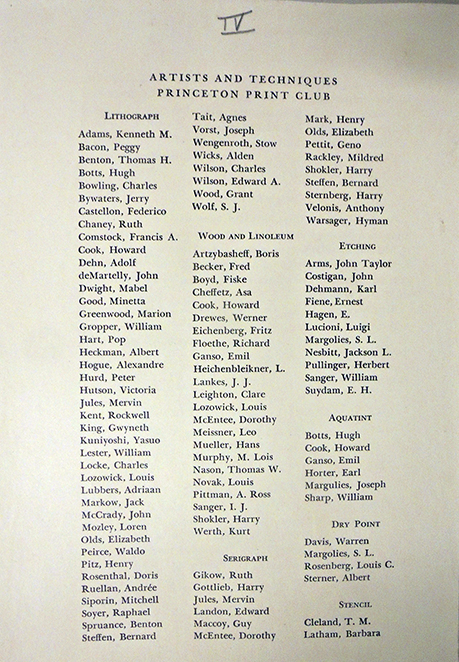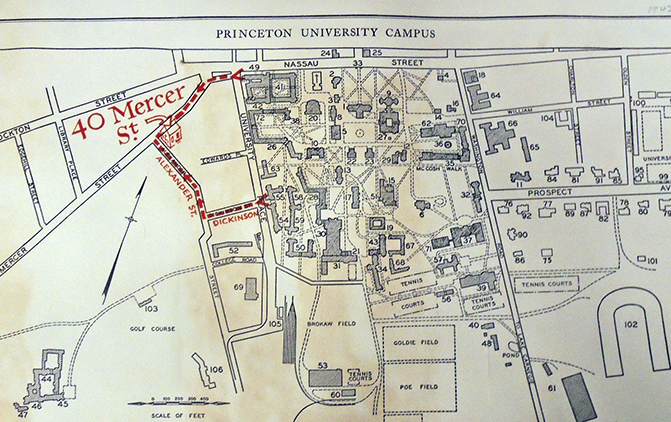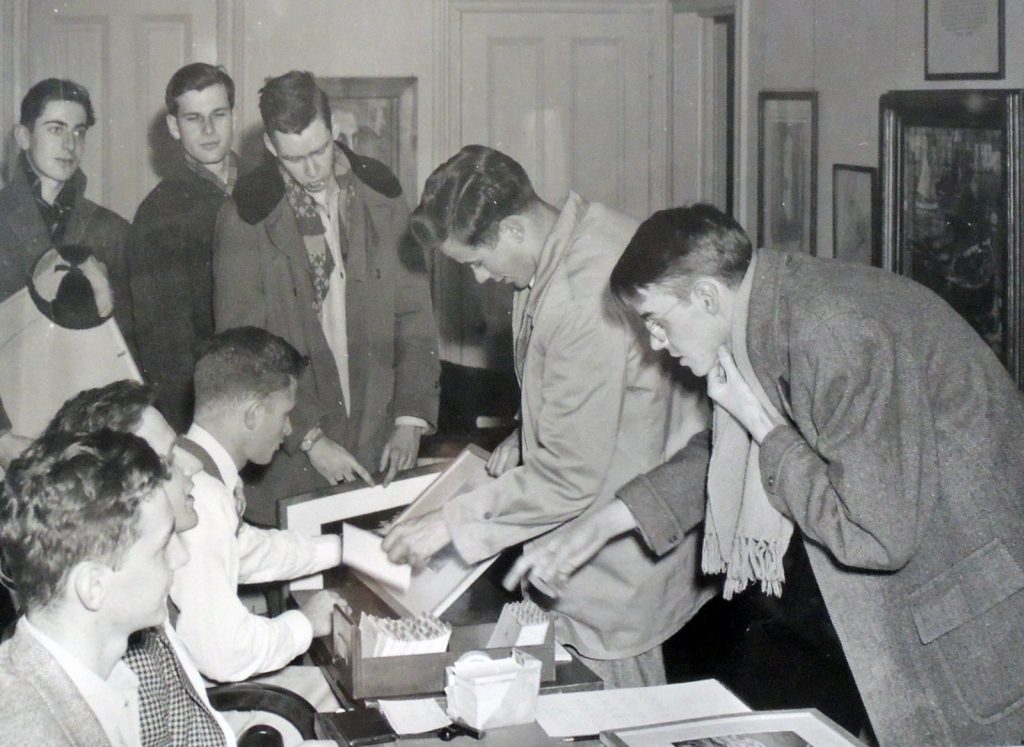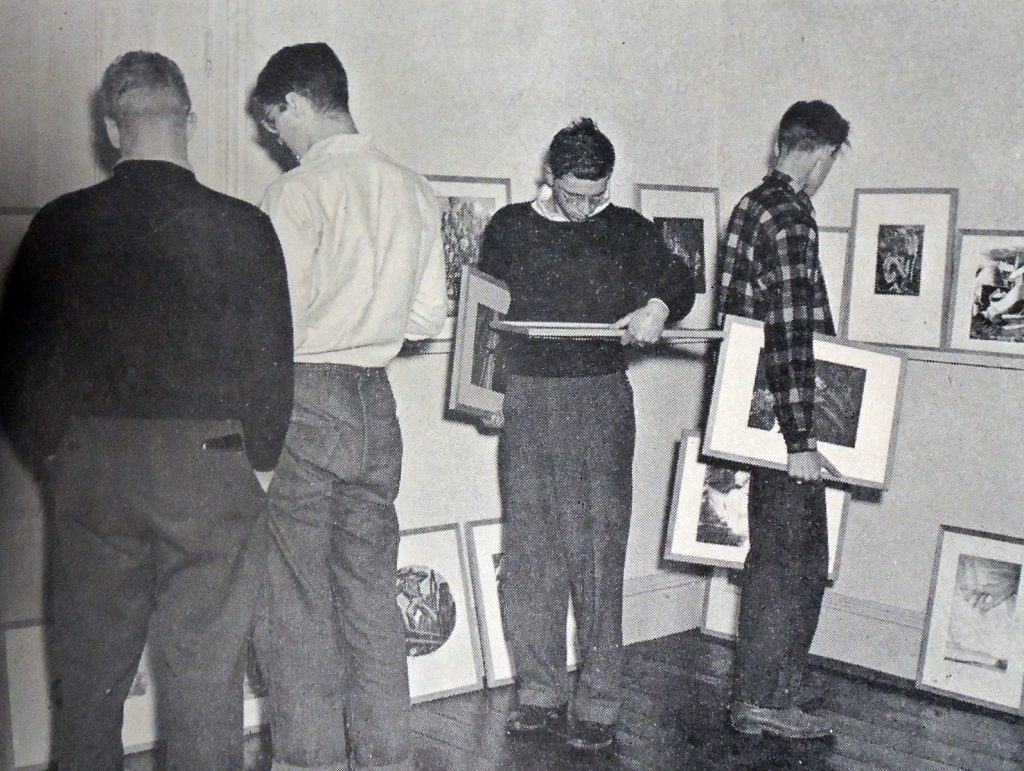Looking back at the past sixteen months of virtual sharing, here is a recap of the webinars presented to highlight special collections at Princeton University Library, hosted by Julie Mellby. Many have been recorded and archived at: https://mediacentral.princeton.edu/esearch/search?keyword=mellby
 New Theories on the Oldest American Woodcut. May 22, 2020
New Theories on the Oldest American Woodcut. May 22, 2020
To celebrate the 350th anniversary of the oldest surviving print from Colonial America, we assembled all five extent copies of the portrait of the Reverend Richard Mather (1596-1669) by or after John Foster. Julie Mellby was joined by Caroline Duroselle-Melish, Andrew W. Mellon Curator of Early Modern Books and Prints and Associate Librarian for Collection Care and Development, Folger Shakespeare Library. https://mediacentral.princeton.edu/media/New%20Theories%20on%20the%20Oldest%20American%20Woodcut%3A%20The%20Portrait%20of%20Richard%20Mather%20by%20John%20Foster%2C%20ca.%201670/1_s9zed1co
Thomas Eakins and the Making of Walt Whitman’s Death Mask. June 26, 2020
This program was chosen specifically for June, LGBTQ pride month and this year, the 50th anniversary of the first Gay Pride march. Both Walt Whitman and Thomas Eakins, in their own way, broke down barriers around sex, sexuality, and the celebration of the human body. Presented by Julie Mellby, Graphic Arts Curator, and Karl Kusserow, John Wilmerding Curator of American Art, Princeton University Art Museum.
Afrofuturism: The Graphics of Octavia E. Butler. July 31, 2020
This month focused on the speculative fiction, also called Afrofuturism, of author Octavia E. Butler. Julie Mellby was joined by Damian Duffy and John Jennings, the award winning team who produced the graphic novel adaptations of Parable of the Sower and Kindred. https://mediacentral.princeton.edu/media/Afrofuturism%3A%20The%20Graphics%20of%20Octavia%20Butler/0_sxt5w106
Celebrate the 100th Anniversary of Women’s Suffrage. August 26, 2020
The fourth in our series celebrated the centenary of the 19th amendment on Women’s Equality Day. Julie Mellby was joined by Lauren Santangelo, author of Suffrage and the City and lecturer in Princeton University’s Writing Program, along with Sara Howard, Librarian for Gender & Sexuality Studies and Student Engagement within Scholarly Collections and Research Services at Princeton University Library. https://mediacentral.princeton.edu/media/Celebrate%20the%20100th%20Anniversary%20of%20Women%E2%80%99s%20Suffrage/0_2cr7iatx
The Books and Prints of Anaïs Nin and her Gemor Press, September 25, 2020
Recently we acquired most of the rare letterpress editions printed by Anaïs Nin (1903-1977). Best known for her diaries, Nin also wrote fiction with themes of history, feminism and multiculturalism. Together with Gonzalo More, Nin ran a private printing press in Greenwich Village where she taught herself to set type, stood for hours pumping a treadle press, and distributed her books with the help of Frances Steloff at Gotham Book Mart. After a close look at the books and prints by Julie Mellby, we are joined by Andrew Berman, Executive Director of the Greenwich Village Society for Historic Preservation, who will update us on their efforts to landmark this building. https://mediacentral.princeton.edu/media/The%20Books%20and%20Prints%20of%20Ana%C3%AFs%20Nin%20and%20her%20Gemor%20Press/1_eeskb4kg
Before Zoom, Pre-Cinema, Optical Devices Tour, December 4, 2020
A virtual tour highlighting our collection of pre-zoom, pre-cinema optical devices, rare artifacts designed for shared public entertainment or personal moments of wonder, leading up to the invention of the motion picture. Through a series of live webcams (yikes, not prerecorded), Julie Mellby attempted the phantasmagoria experienced in the past as we peer into 18th-century peepshows, twirl phenakistoscopes, open a gigantic megalethoscope and crank a miniature cinematograph. She was joined by Christopher Collier, Executive Director, and Jesse Crooks, Operations Director and Head Projectionist for Renew Theaters, who will share some of the history and treasures of Princeton’s Garden Theater. https://mediacentral.princeton.edu/media/Before%20Zoom%3A%20Cinema%2C%20the%20Zoetrope%2C%20and%20other%20Optical%20Devices/1_slloy021
Acrobatics: Moving Through the Trans Archives, February 26, 2021
Our title refers to the celebrated career of the 19th-century gender-fluid acrobat Mademoiselle Lulu (Sam Wasgott), with whom we begin our discussion. From there we will move through 20th and 21st century materials that define the trans archive, with an emphasis on race as well as gender. We are thrilled to be joined by RL Goldberg (they/them), English Department and Associate Director, Behrman Undergraduate Society of Fellows, in dialogue with queer book dealer, collector, and historian Gerard Koskovich (he/him); along with Sara Howard (she/her), Librarian for Gender and Sexuality Studies and Student Engagement, and Julie Mellby (she/her), Graphic Arts Curator. https://mediacentral.princeton.edu/media/Acrobatics%3A%20Moving%20Through%20the%20Trans%20Archives/1_bj4vn4m8
Mithila Art in 2020: Life, Labor, and COVID-19 in South Asia, March 26, 2021
Throughout 2020, artists in South Asia have been engaging with pandemic-related themes that reflect the vast inequity with which the pandemic has manifested in the lives those citizens. While some have managed to maintain safety and stability, many more have experienced food insecurity, displacement, disease, and loss of income. The Mithila art in Princeton’s collection expresses moments of both serenity and sorrow in the midst of the recent crisis. Panelists will discuss and reflect on the particular expressions of COVID-19 in this art, as well the impact of the pandemic on artisan labor and art markets. The panel discussion included Amanda Lanzillo, Cotsen Postdoctoral Fellow in the Society of Fellows; Lina Vincent, art historian and curator based in Goa, India; and Peter Zirnis, curator and collector of Mithila art; hosted by Julie Mellby, Graphic Arts Curator and Ellen Ambrosone, South Asian Studies Librarian. https://mediacentral.princeton.edu/media/Mithila%20Art%20in%202020%3A%20Life%2C%20Labor%2C%20and%20COVID-19%20in%20South%20Asia/1_gbnyavml
April is for the Birds: From Audubon’s Extraordinary Birds of America to the Indispensable Pocket Field Guides, April 30, 2021
As we have done for our students, we paged through multiple volumes so viewers can experience the colossal scale of Audubon’s birds, painted life-size and then transferred to copper plates for the printing and painting of the published ‘double-elephant’ volumes. Introducing us to Audubon’s remarkable work is Rachael Z. DeLue, Christopher Binyon Sarofim ’86 Professor in American Art, Professor of Art and Archaeology and American Studies, and the current Chair of the Department of Art and Archaeology at Princeton University. Julie Mellby, Graphic Arts Curator, focused on master printer Robert Havell, Jr. who took Audubon’s paintings and transformed them into 435 aquatints. Finally, Robert Kirk, Publisher, Princeton Nature, with Princeton University Press who brought us up to date with the field guides used by birders. https://mediacentral.princeton.edu/media/Virtual%20Birding%3A%20Exploring%20Audubon’s%20’Birds%20of%20America’/1_ymiadleu
The Princeton Print Club, May 28, 2021
The initial idea was for Adler, with his large collection of books, plates and prints, to give informal courses in the graphic arts that would serve to stimulate the cultural interests of Princeton undergraduates. A group of students decided to go further by forming an organization whose activities would revolve around 40 Mercer (later 36 University Place) and so it was that the Princeton Print Club came into existence. Julie Mellby presented an illustrated history of the organization, joined by Marilyn Kushner, New York Historical Society, who talked about the explosion of interest in printing and print collecting at that time, and by Alexandra Letvin, from the Allen Memorial Art Museum, Oberlin College, where they continue to circulate fine art prints to the students each semester as part of their Art Rental program.
https://mediacentral.princeton.edu/media/The%20Princeton%20Print%20Club/1_r5mjkwav
 Thomas Rowlandson (1757-1827), Quarter day, or clearing the premisses without consulting your landlord, January 30, 1814. Hand colored etching. Gift of Dickson Q. Brown, Princeton University Class of 1895. Graphic Arts Collection Rowlandson 1785E vol.7
Thomas Rowlandson (1757-1827), Quarter day, or clearing the premisses without consulting your landlord, January 30, 1814. Hand colored etching. Gift of Dickson Q. Brown, Princeton University Class of 1895. Graphic Arts Collection Rowlandson 1785E vol.7
